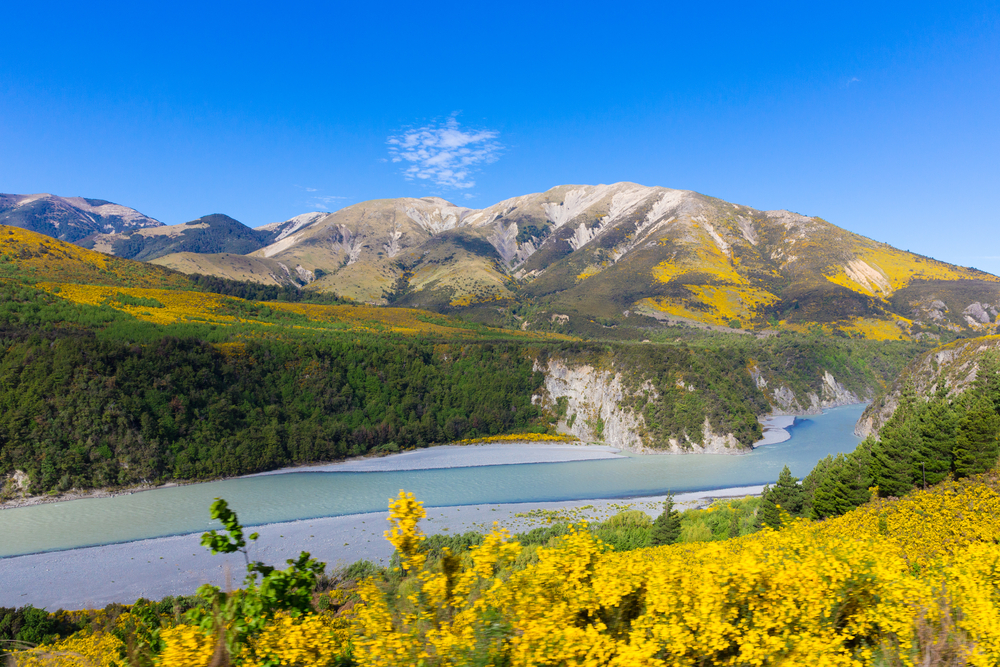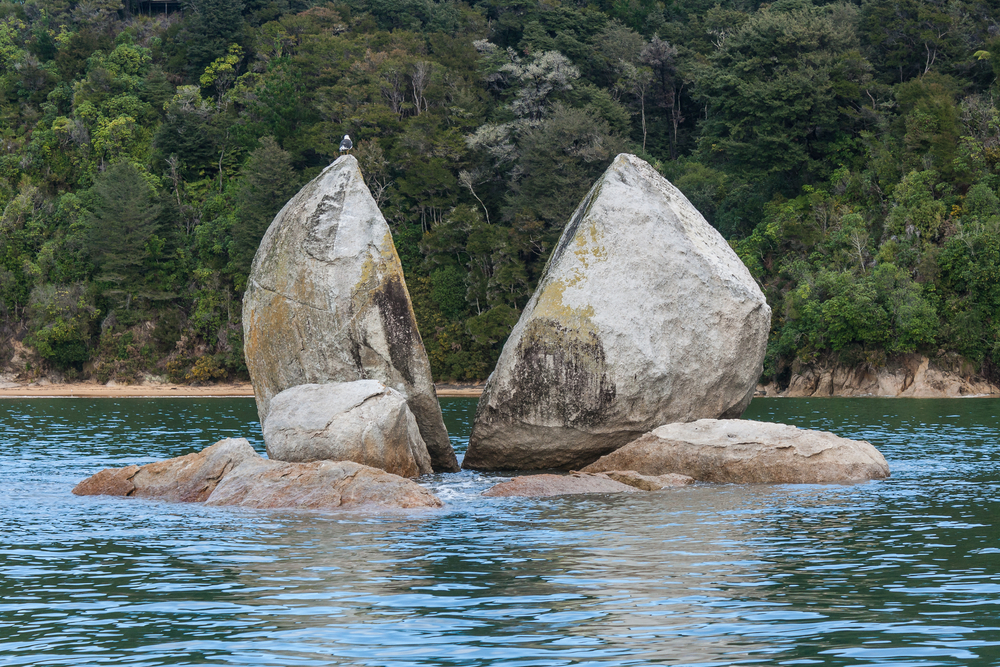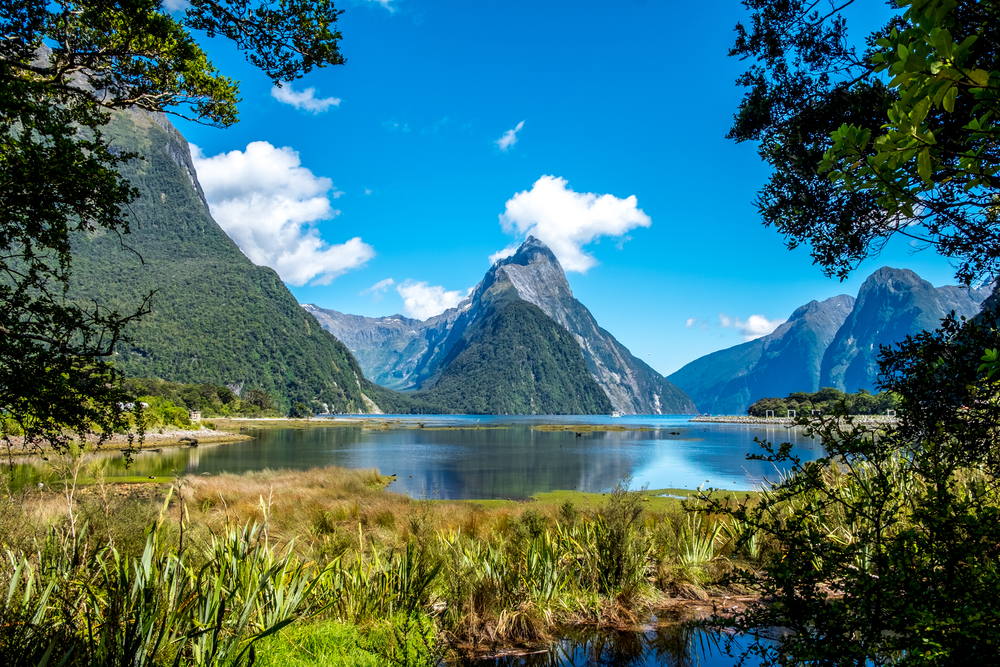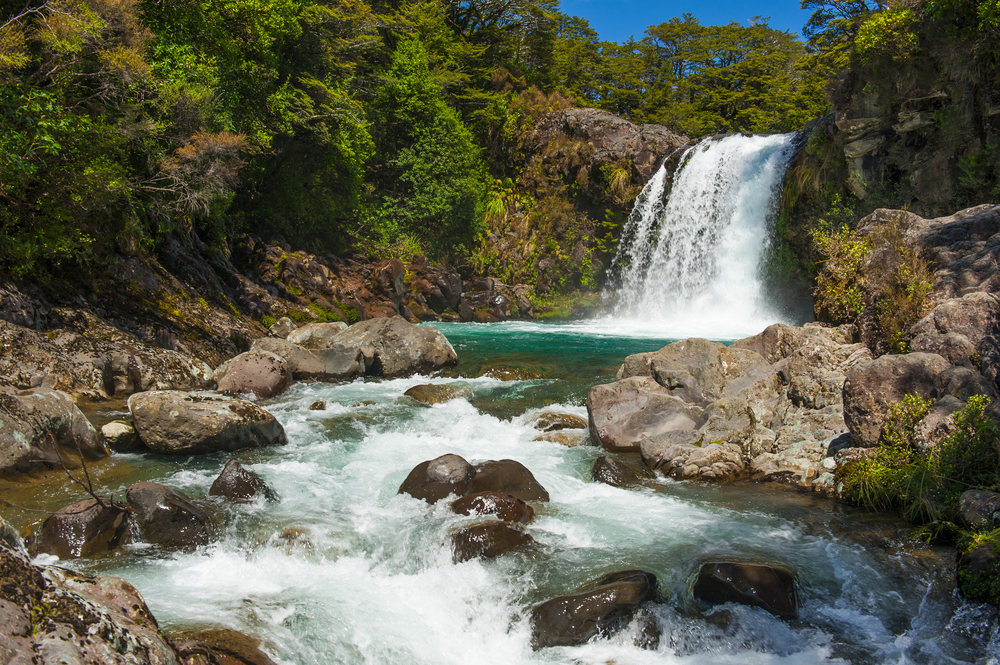Arthur’s Pass Overview
Arthur’s Pass National Park, known in Māori as Te Rua-o-te-moko, is a rugged and mountainous protected area located in the South Island of New Zealand.
Covering approximately 385 square miles (1,000 square kilometers), the park is situated in the heart of the Southern Alps, acting as a natural divide between the island’s east and west coasts. Established in 1929, it holds the distinction of being New Zealand’s first national park on the South Island.
Arthur’s Pass itself, a high mountain pass at an elevation of 3,018 feet (920 meters), serves as the central feature and a vital transport route through the park, connecting Canterbury to the west coast. The diverse and dramatic landscapes in this region make it one of the most scenic and ecologically significant areas of the country.
The terrain of Arthur’s Pass National Park is varied and striking, characterized by steep, forested valleys on the western side and drier, more open grasslands and alpine meadows to the east. The western slopes are blanketed in lush temperate rainforest dominated by towering beech trees and thick undergrowth, while the eastern regions transition into subalpine shrublands and tussock grasslands.
Towering peaks, deep gorges, and fast-flowing rivers carve through the landscape, creating a spectacular setting. The park is home to several significant mountains, including Mount Rolleston, which rises to 7,454 feet (2,272 meters), and the jagged peaks of the Main Divide. Numerous waterfalls, such as Devil’s Punchbowl Falls, which plunges 430 feet (131 meters), add to the park’s dramatic scenery. The braided Waimakariri River, one of the major rivers in the region, winds its way through the park, providing a crucial habitat for both plant and animal life.
Arthur’s Pass National Park is rich in wildlife, offering a chance to encounter some of New Zealand’s most distinctive species. Among the park’s most famous inhabitants is the kea, an intelligent and mischievous alpine parrot known for its curiosity and ability to solve complex problems.
Other notable bird species include the great spotted kiwi, New Zealand falcon (kārearea), and the South Island robin. The park also provides a habitat for a variety of native lizards, insects, and freshwater fish. While the park lacks large mammals, introduced species such as red deer, chamois, and Himalayan tahr can sometimes be spotted in the more remote areas. These introduced species, however, pose ecological challenges, as they compete with native flora and fauna.
Visitors are drawn to Arthur’s Pass National Park for its rugged beauty and wealth of outdoor recreation opportunities. The park is a premier destination for hiking, with an extensive network of trails ranging from short walks to challenging alpine routes.
Popular hikes include the Bealey Spur Track, which offers sweeping views of the Waimakariri Valley, and the demanding Avalanche Peak Track, which rewards climbers with panoramic vistas of the surrounding peaks. During winter, the park becomes a hub for alpine activities, including mountaineering and backcountry skiing. The Arthur’s Pass village, located within the park, serves as a convenient base for visitors, offering accommodations, visitor information, and essential services.
Managing the park presents ongoing conservation challenges, particularly in the control of invasive species and habitat degradation. Efforts have been made to eradicate pests such as stoats, rats, and possums, which threaten native bird populations. Conservation programs, including trapping networks and community-driven initiatives, have contributed to the protection of endemic species.
The park’s management also focuses on maintaining the delicate balance between preserving the natural environment and accommodating increasing numbers of visitors. Despite these challenges, Arthur’s Pass National Park remains a well-protected and celebrated wilderness area, offering visitors a chance to experience New Zealand’s breathtaking alpine landscapes and rich biodiversity.















































































